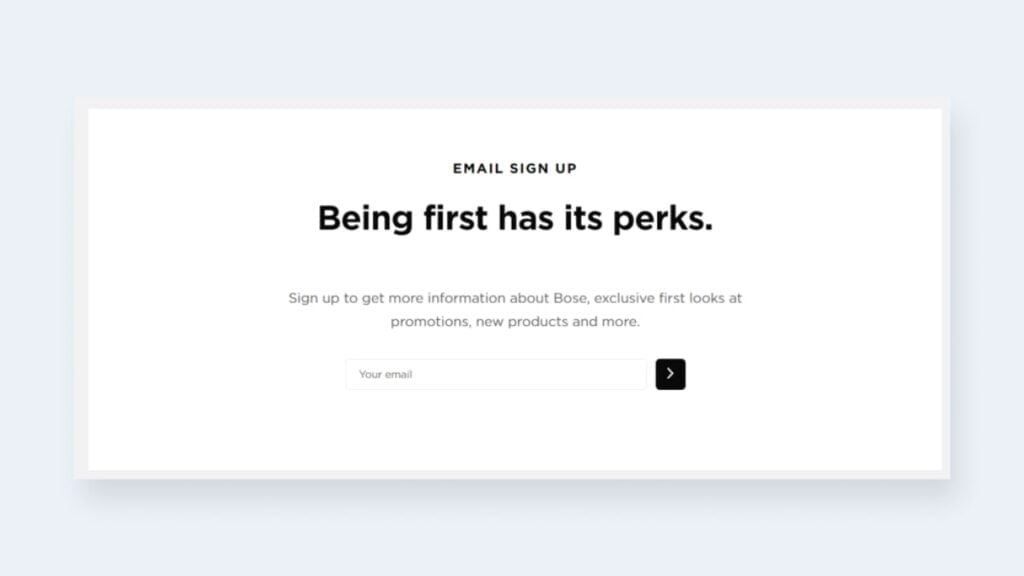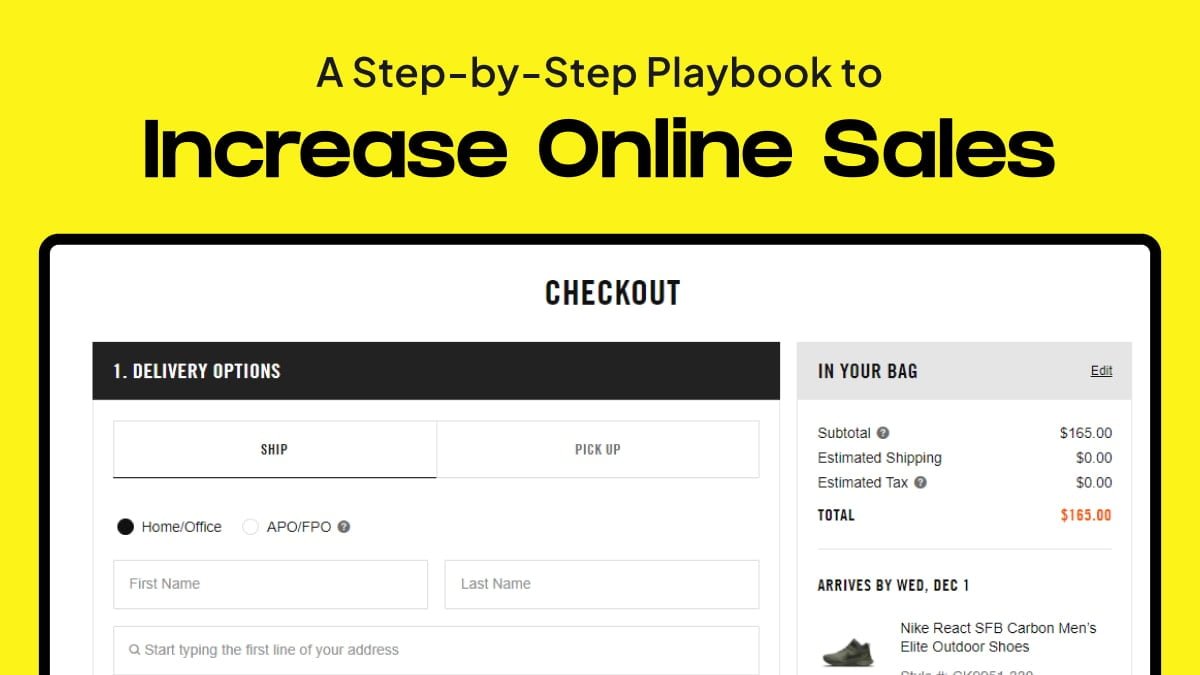The digital world is constantly evolving, and in this landscape, online presence building is no longer an option but a strategic necessity. Whether you’re an emerging e-commerce brand or an individual looking to enhance your digital persona, the strength of your online presence building can significantly impact your success. Welcome to this comprehensive step-by-step guide on building a powerful online presence that leaves a lasting impact.
Understanding Online Presence Building
The ubiquity of the internet has ushered in a new era of visibility. With billions of users navigating the digital realm, opportunities abound for businesses and individuals to connect, engage, and thrive. Your online presence is more than a digital visitation card; it’s your digital personality, reflective of your values, mission, and the value you offer.
Key objectives include establishing brand authority, attracting and engaging your target audience, and achieving a competitive edge in the digital realm.
Step 1: Defining Your Brand Identity
Your brand identity is the foundation of your online presence. A well-defined brand identity enhances trust and recognition among your audience.
A well-defined brand identity enhances trust and recognition among your audience. Case studies of brands like Apple and Coca-Cola demonstrate the transformative power of a consistent brand identity. The development and maintenance of a brand style guide are instrumental in preserving brand consistency.
- Mission and Values: Clearly define your brand’s mission and core values to provide a sense of purpose and direction.
- Consistent Brand Voice: Create a unique and consistent brand voice and personality that resonates with your audience throughout your online presence.
- Visual Elements: Ensure consistency in visual elements such as logos, color schemes, typography, and imagery.

Step 2: Building Your Website
Your website is the centerpiece of your online presence. It’s where your audience learns about you, engages with your content, and potentially becomes loyal customers. Whether you’re launching a new website or optimizing an existing one, the primary focus should be on ensuring user-friendliness, aesthetic appeal, and cross-device compatibility.
Your website is the online face of your brand; make it inviting, user-centric, and easy to explore in online presence building. Given the increasing number of users accessing websites from smartphones and tablets, mobile responsiveness is of paramount importance.
- Intuitive Navigation: Ensure your website is easy to navigate with a logical structure and an accessible menu.
- Engaging Content: Provide high-quality content that informs, captivates, and genuinely engages your visitors.
- Mobile Responsiveness: Ensure your website offers a seamless experience on mobile devices.
Step 3: Content Creation and SEO
Content is the lifeblood of your online presence. To maximize your online visibility, your content strategy should prioritize the creation of valuable, well-optimized content aligned with your brand’s message.
Content rules the online domain, and valuable content reigns supreme. A mix of educational, entertaining, and inspirational content can cultivate a dedicated following. Utilize keyword research and SEO best practices to ensure that your content is not just great but also easily findable.
- Audience-Centric Approach: Identify the needs and preferences of your target audience to create content that resonates with them.
- Search Engine Optimization (SEO): Apply SEO techniques to improve the discoverability of your content in search engine results.
- Consistent Content Delivery: Regularly publish high-quality content that adds value to your audience and strengthens your brand’s online authority.

Step 4: Social Media Strategy
The role of social media in modern online presence cannot be overstated. Social media platforms offer an unparalleled opportunity to engage with your audience, humanize your brand, and create a community.
Your social media plan should align with your brand identity and resonate with your audience. Take inspiration from the social media successes of brands like Nike and Starbucks to create a strategic social media plan that works for you.
- Platform Selection: Choose the social media platforms that align with your brand and where your target audience is most active.
- Engaging Content: Craft engaging and shareable content that encourages meaningful interactions.
- Consistency and Scheduling: Maintain a regular posting schedule to keep your audience engaged and informed.
Step 5: Engaging Your Audience
The importance of engaging with your online audience cannot be overstated. Engaged followers are more likely to become loyal customers and vocal brand advocates.
Actively engage with your audience by responding to comments and messages. Encourage conversations, run interactive campaigns, and host live events.
- Community Building: Create a sense of community and encourage discussions among your audience.
- Feedback and Adaptation: Listen to audience feedback and use it to improve your content and online presence.
- Loyalty Rewards: Recognize and reward your most loyal followers to keep them engaged and motivated.

Step 6: Online Reputation Management
Managing your online reputation is crucial for building trust and credibility. Take control of your narrative, handle negative reviews and feedback gracefully, and showcase your commitment to customer satisfaction.
Online reputation management involves proactively asking for reviews from satisfied customers, responding to negative reviews, and showcasing your commitment to customer satisfaction. Brands like Zappos and Amazon demonstrate the significance of outstanding online reputation management.
- Proactive Review Solicitation: Ask satisfied customers for reviews to build a positive reputation.
- Effective Feedback Handling: Respond to negative reviews and feedback with professionalism and a focus on problem resolution.
- Transparency and Credibility: Showcase your commitment to customer satisfaction, quality, and reliability.
Step 7: Analyzing and Adapting
As you progress, analytics play a crucial role in evaluating your online presence. Regularly track and assess your online visibility using a variety of tools and metrics to adapt and refine your online presence strategy.
Collect and analyze data related to your website traffic, social media engagement, and other relevant performance metrics. Use this data to make informed decisions about what’s working and what needs improvement.
- Web Analytics: Utilize tools like Google Analytics to track and analyze website traffic and user behavior.
- Social Media Metrics: Monitor key social media metrics like reach, engagement, and click-through rates.
- Performance Optimization: Use data insights to continually refine your online presence strategy for better results.

Step 8: Lead Magnets and Audience Growth
Lead magnets are invaluable for audience growth and engagement. By offering valuable resources such as ebooks, webinars, or exclusive content, you can capture leads, nurture them, and ultimately convert them into loyal customers.
Lead magnets should be designed to address your audience’s pain points and offer tangible value. Companies like HubSpot and Neil Patel use lead magnets effectively in audience growth strategies.
- Lead Magnet Creation: Develop lead magnets tailored to your audience’s interests and challenges.
- Landing Pages: Design dedicated landing pages to promote lead magnets and capture user information.
- Email Marketing: Implement an email marketing strategy to nurture leads and guide them through the customer journey.
Step 9: Expanding Your Web Presence
Your web presence is never static; it can continually evolve. You can reach a broader audience or explore new niches, expanding your online reach further.
Strategies like content syndication, guest posting, or partnerships with complementary brands can help you broaden your digital footprint. Organizations like Buffer and Moz have effectively expanded their web presence.
- Content Syndication: Share your content on platforms beyond your website to reach new audiences.
- Guest Posting: Contribute guest posts to authoritative websites in your industry to gain exposure.
- Collaborations and Partnerships: Partner with complementary brands or influencers to expand your reach.
Your Journey to a Powerful Online Presence
Building a strong online presence is not an overnight endeavor. It requires careful planning, consistent efforts, and the flexibility to adapt to the evolving digital landscape. By following these steps and staying committed to your online presence-building journey, you can achieve greater visibility, authority, and success in the digital realm.
Don’t hesitate to reach out if you have any questions or need further guidance on any of these steps. We’re here to support your online presence-building efforts.
Remember, your online presence is your digital footprint, and it’s an ever-evolving journey. Stay committed, stay adaptive, and watch your online presence grow and flourish.



